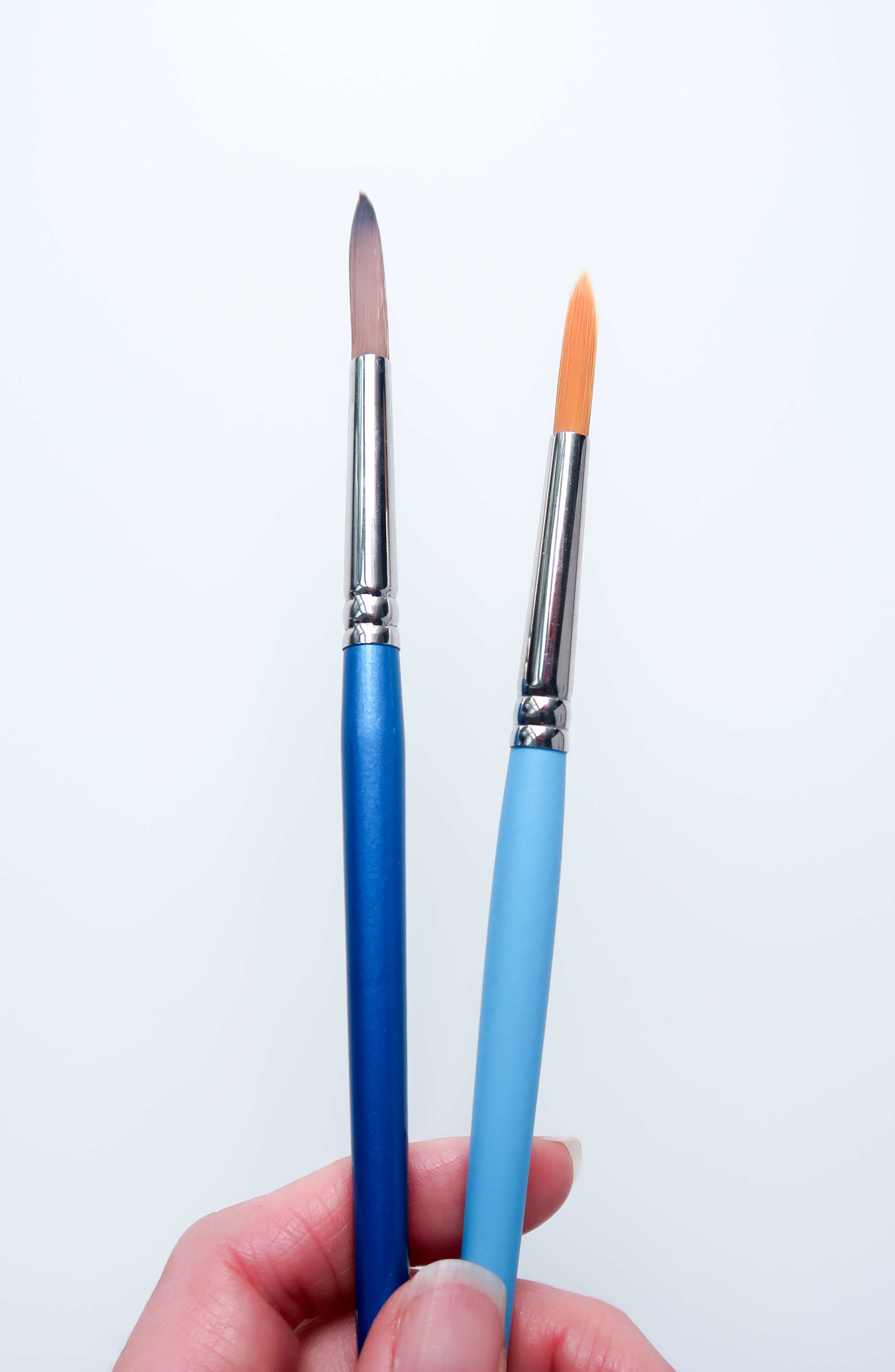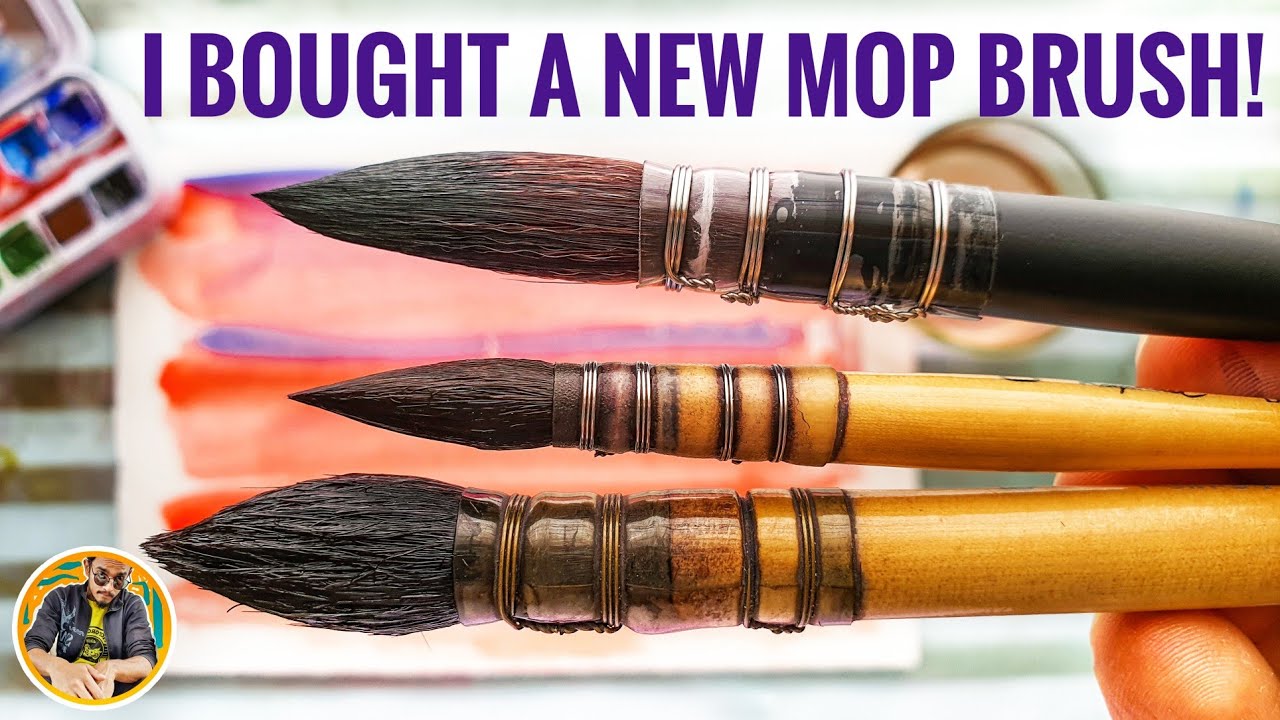
As a beginner in watercolor painting, having the right set of brushes can be overwhelming, especially with the numerous options available in the market. However, having a good understanding of the essential brushes needed to get started can help you navigate the world of watercolor painting with ease. In this article, we will explore the must-have brushes for watercolor painting beginners and provide a comprehensive guide to help you make informed decisions when selecting your brushes.
Why Choosing the Right Brushes Matters
Choosing the right brushes for watercolor painting is crucial for achieving the desired effects and outcomes. The right brushes can help you create smooth, even washes, and sharp, defined lines. On the other hand, using the wrong brushes can lead to frustration and disappointment. With so many types of brushes available, it's essential to understand the characteristics of each brush and how they can be used to achieve specific effects.
Understanding Brush Terminology
Before we dive into the essential brushes for watercolor painting, let's take a look at some common brush terminology:
- Natural hair brushes: Made from animal hair, such as sable, squirrel, or goat hair. Natural hair brushes are known for their excellent water-holding capacity and are ideal for creating smooth, even washes.
- Synthetic brushes: Made from man-made fibers, such as nylon or polyester. Synthetic brushes are more durable and easier to clean than natural hair brushes, but may not hold as much water.
- Blended brushes: Combine natural and synthetic fibers. Blended brushes offer a balance between the water-holding capacity of natural hair brushes and the durability of synthetic brushes.
Essential Brushes for Watercolor Painting Beginners
Here are the essential brushes you'll need to get started with watercolor painting:

- Round Brush (#6): A versatile brush that can be used for both broad washes and fine details. The round brush is ideal for creating soft, smooth edges and is a great brush for beginners.
- Flat Brush (1/2 inch): A flat brush is perfect for creating broad, even washes and is great for painting large areas. The flat brush is also useful for creating sharp, defined lines.
- Mop Brush: A mop brush is a soft, absorbent brush that is used to create soft, blended washes. The mop brush is ideal for creating subtle, nuanced colors and is a great brush for beginners.
- Detail Brush (#0): A fine, pointed brush that is perfect for creating fine details and small lines. The detail brush is ideal for adding fine details to your paintings and is a great brush for beginners.
Additional Brushes to Consider
While the essential brushes listed above will get you started, there are a few additional brushes that can be useful to have in your collection:
- Script Brush: A script brush is a fine, flexible brush that is perfect for creating fine lines and details. The script brush is ideal for adding fine details to your paintings and is a great brush for beginners.
- Wash Brush: A wash brush is a large, flat brush that is perfect for creating broad, even washes. The wash brush is ideal for painting large areas and is a great brush for beginners.
Tips for Choosing the Right Brushes
Here are a few tips to keep in mind when choosing the right brushes for watercolor painting:
- Look for brushes with flexible tips: Flexible tips allow for more expressive brushstrokes and are ideal for creating smooth, even washes.
- Choose brushes with natural or blended fibers: Natural or blended fibers are ideal for watercolor painting, as they hold more water and create smoother washes.
- Consider the size of the brush: Larger brushes are ideal for creating broad, even washes, while smaller brushes are better for fine details and small lines.
Gallery of Watercolor Brushes




Frequently Asked Questions
What type of brushes are best for watercolor painting?
+Natural or blended fiber brushes are ideal for watercolor painting, as they hold more water and create smoother washes.
What is the difference between a round brush and a flat brush?
+A round brush is ideal for creating soft, smooth edges and is great for beginners. A flat brush is perfect for creating broad, even washes and is great for painting large areas.
How do I choose the right size of brush for my painting?
+Larger brushes are ideal for creating broad, even washes, while smaller brushes are better for fine details and small lines.
Conclusion
Choosing the right brushes for watercolor painting can be overwhelming, but with this guide, you'll be well on your way to creating beautiful, expressive paintings. Remember to look for brushes with flexible tips, natural or blended fibers, and consider the size of the brush for the specific effect you want to achieve. Happy painting!











